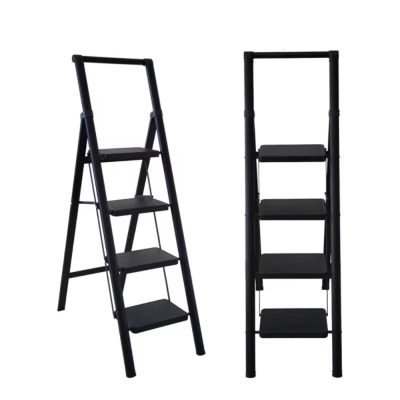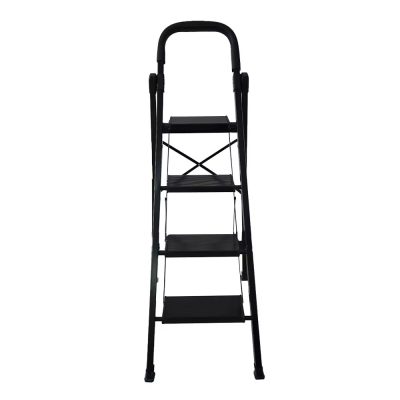Industrial facilities, with their vast machinery, complex infrastructure, and high ceilings, require regular maintenance to ensure smooth operations and worker safety. Step ladders play a crucial role in this domain, providing convenient access to elevated areas for inspection, repair, and servicing tasks. Their sturdy construction, safety features, and versatility make them indispensable tools for maintenance personnel in industrial settings. In this exploration, we delve into the practicality and efficiency of step ladders in industrial maintenance, highlighting their contributions to enhancing safety, productivity, and the overall reliability of industrial operations.
Ascending to Industrial Excellence:
Industrial maintenance encompasses a wide range of tasks, from routine inspections to emergency repairs, all of which may require access to elevated areas such as machinery platforms, overhead pipes, and storage racks. Step ladders serve as essential tools for maintenance personnel, enabling them to access these areas safely and efficiently. Whether it’s conducting preventive maintenance on equipment, inspecting electrical systems, or troubleshooting mechanical issues, step ladders provide a stable and secure platform for workers to perform their tasks, ensuring that industrial facilities remain operational and safe for workers.
Safety Features for Worker Protection:
Safety is paramount in industrial maintenance, where workers operate in challenging environments and face potential hazards such as heavy machinery, electrical systems, and elevated platforms. Step ladders are designed with safety features to mitigate risks and ensure worker protection. Non-slip steps and feet provide stability on various surfaces, reducing the likelihood of slips and falls. Many step ladders also feature handrails or top platforms for added support and stability, allowing workers to maintain balance while working at heights. Additionally, lightweight construction and collapsible designs make step ladders easy to transport and maneuver, further enhancing worker safety and efficiency in industrial maintenance tasks.
Versatility Across Industrial Applications:
Step ladders find applications across diverse industries, including manufacturing plants, warehouses, distribution centers, and utility facilities. In manufacturing plants, maintenance personnel use step ladders for tasks such as equipment lubrication, conveyor belt maintenance, and machinery inspections. In warehouses and distribution centers, step ladders facilitate inventory management, shelf stocking, and overhead lighting maintenance. Utility facilities rely on step ladders for servicing electrical transformers, repairing overhead cables, and accessing elevated control panels. Their versatility and ease of use make step ladders indispensable tools for addressing a wide range of maintenance needs in industrial settings.
Choosing the Right Step Ladder for the Job:
Selecting the appropriate step ladder depends on factors such as height requirements, weight capacity, and specific application needs. Maintenance supervisors should assess the maximum height needed to reach elevated areas and ensure that the ladder’s weight capacity meets the requirements for workers and equipment. Additionally, factors such as material construction, safety features, and portability should be considered when choosing the right step ladder for industrial maintenance tasks. Investing in high-quality step ladders ensures worker safety and efficiency in performing maintenance activities throughout industrial facilities.
Conclusion:
In conclusion, step ladders are indispensable tools for industrial maintenance personnel, providing safe and efficient access to elevated areas in challenging environments. With their sturdy construction, safety features, and versatility, they empower workers to perform maintenance tasks with confidence and efficiency, ensuring the reliability and safety of industrial operations. Whether it’s servicing machinery, inspecting electrical systems, or managing inventory, step ladders play a vital role in enhancing productivity and worker safety in industrial maintenance. Industrial facilities can rely on step ladders to reach new heights of efficiency and reliability in maintaining their operations.







